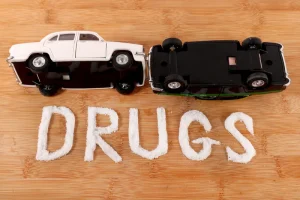Our Location
304 North Cardinal St.
Dorchester Center, MA 02124

Refill the empty master cylinder reservoir with fresh fluid up to its maximum fill line and put the cover back on the reservoir. Fluid can squirt out of an open reservoir every time the pedal is released. You’ll need a box wrench that fits the bleeder bolt, as a crescent wrench or vise-grip could strip off the edges of the bolt and make it impossible to loosen. It may help to squirt a little penetrating oil on the bolts the day before you bleed your brakes, especially if rust is common where you live. If they’re still not budging after using some penetrating oil, try tapping the wrench very lightly with a small hammer. “There’s no way to flush microplastics out of your system beyond what the body is doing already,” echoes Anastas.

The Stairway Resource Center offers a 60 to 90-day outpatient program that takes place in a community setting. We offer dual diagnosis treatment and daily group and individual therapy for our clients. If you’re trying to quit drinking, detoxing from alcohol will normally take 1-2 weeks. On the other hand, if you’re trying to quickly get alcohol out of your system for a drug and alcohol test or for a court ordered alcohol test, you’re out of luck.

Withdrawal symptoms can be intense and frightening, and it’s understandable that individuals may want to avoid these symptoms by continuing to drink. However, this only deepens the addiction and increases the potential for even more severe withdrawal symptoms in the future. Recovery Ranger is a website that offers direction and support for those seeking to overcome addiction and achieve how to flush alcohol out of your system lasting sobriety. Our team of specialists helps individuals navigate the recovery process and stay motivated. Francisco Church is a rehabilitation specialist and the chief editor of Recovery Ranger. He creates this site to offer guidance and support to individuals seeking to overcome addiction and achieve lasting sobriety.
Alcohol metabolism involves the conversion of ethanol into acetaldehyde and then acetic acid by enzymes in the liver. When alcohol is consumed, it enters the bloodstream through the stomach and small intestine due to bloodstream absorption. The liver, a key organ in the Sober living home body’s detoxification process, is responsible for liver processing of ethanol. Enzyme breakdown occurs as alcohol dehydrogenase converts ethanol to acetaldehyde, followed by acetaldehyde dehydrogenase converting acetaldehyde to acetic acid.

A small dose of alcohol (1 to 2 drinks) lowers inhibitions and the ability to concentrate. A medium dose (3 to 4 drinks) causes slurred speech, altered emotions, and poor vision. A higher dose (5 drinks or more) can cause uncontrolled urination, alcohol poisoning, and breathing problems. For example, if two people each have blood alcohol levels of 20 mg/dL, the alcohol will metabolize in about an hour in each person, but their BAC can be very different. Your symptoms may be similar, such as anxiety, headaches, nausea, and sleep disturbance.
